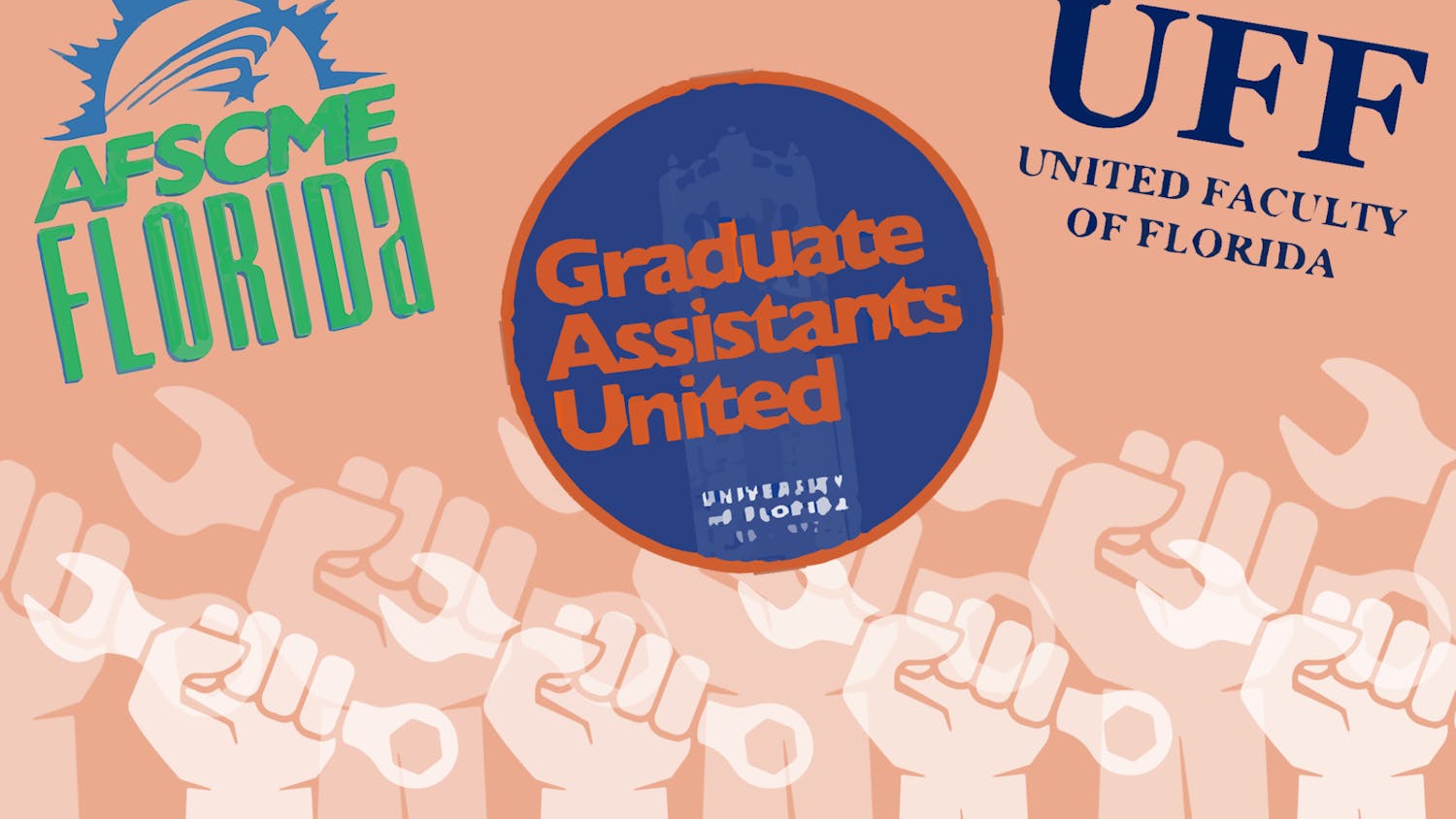Equality of opportunity is often cited to undermine criticisms pertaining to the lack of women or people of color in positions of power and in certain professions. Pretending we live in a post-racial and post-sexist society does not make it so. Gender, race, sexuality and socio-economic status can affect the kind of opportunities a person has. The idea of equality of opportunity in the U.S. is a myth. Although things have certainly improved with time, there is still much that prevents equal opportunity from being a reality.
For instance, one could argue the Free Application for Federal Student Aid, or FAFSA, allows for the equality of opportunity. It ALLOWS people to apply for financial aid. In practice, however, information on the FAFSA is not accessible for all prospective college students, causing many to think they will never be able to afford college. The fact that it is a separate form students go out of their way to fill out is one issue, but many do not know about the form at all.
Additionally, parents may be unwilling to provide their children with the tax data to fill it out, thinking the effort may be useless. Even when someone does everything right — fills out the form correctly and sends it to the right schools — they may not get sufficient aid because it does not take into account the many things people do not or cannot plan for, like medical bills. On top of that, while college costs have soared, federal grants for those students who have financial need have not increased at the same pace.
Blaming people for not accessing resources is not going to help them. It just serves to reinforce a repressive system. We cannot move past these issues if we keep finding new reasons that certain groups are not performing.
When it comes to college attendance, equality of opportunity just does not exist. The concept is often used to portray populations who don’t have equal outcomes (women, people of color, working class) as not having achieved much because they didn’t take advantage of their resources. It is a way of denying existing problems, because, as the saying goes, you can take a horse to water but you can’t make it drink. But college admissions are much more complex than that.
If equality of opportunity exists, then affirmative action isn’t necessary anymore, the wage gap doesn’t exist and everyone in the U.S. who has the academic capacity to enter college does so because of the FAFSA. But that’s not the reality we live in.
Even academic capacity is not necessarily an equal playing field. Academic performance starts diverging as early as elementary school. Everything is not as equal as it seems.
The students whose parents pay for tutors, SAT courses and even private guidance counselors have a considerable advantage over those who do not. There will be some who succeed despite having the odds stacked against them, but they should not be used as proof equality of opportunity exists, because if it truly did, then there would be equal outcomes.
There is often debate over whether equality of opportunity or equality of outcome should be the goal for governmental policy. Until equality of opportunity actually exists, the entire discussion is hypothetical. Once true equality of opportunity is there, equal outcome should follow.
Nicole Dan is a political science sophomore at UF. Her column appears on Mondays.





